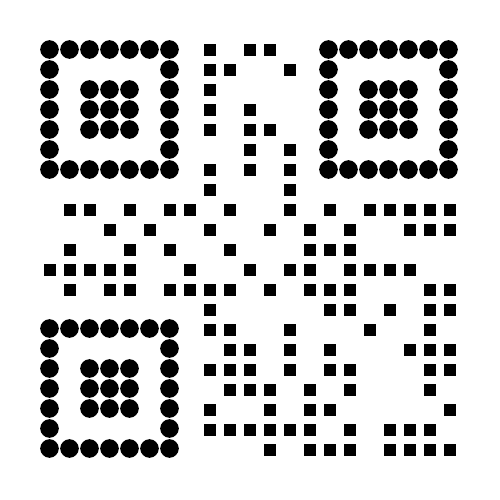Paraplegic patient controls cursor through brain-computer interface
Release time:
2024-02-26 09:40
Source:
Xinhua News Agency, Beijing, February 25 (Reporters Xia Ke and Wei Mengjia) Under the patient's focused gaze, a small red ball slowly moved, approached, and overlapped with a small blue ball on the other side of the screen - this is not a scene from a science fiction movie. Recently, Professor Jia Wang's team from the Department of Neurosurgery at Beijing Tiantan Hospital affiliated to Capital Medical University and Professor Hong Bo's team from Tsinghua University successfully used minimally invasive brain-computer interface technology to help a high-level paraplegic patient control the cursor movement with his mind for the first time, which means that my country has made a new breakthrough in the field of brain-computer interface.
The patient is a 35-year-old young man who suffered from high cervical paraplegia due to an accident 5 years ago and completely lost the ability to take care of himself. On December 19 last year, Jia Wang's team successfully performed a minimally invasive wireless brain-computer interface implantation surgery on the patient, implanted a micro-brain-computer interface processor into the patient's skull, and successfully collected nerve signals from the sensory motor brain area outside the meninges. The patient was discharged smoothly on the 10th day after the operation.
Jia Wang introduced that after the patient returned home, the research team conducted wireless brain-computer interface-assisted rehabilitation training through remote guidance. The system wirelessly powered the internal machine through the patient's scalp through the external machine, realized neuroelectrophysiological data transmission, and translated the EEG signals into control instructions for external devices. After nearly two months of rehabilitation training, the patient can not only drive the pneumatic gloves to grasp the water bottle through mental activities, but also control the movement of the cursor on the computer screen.
"The red ball 'catches' the blue ball. This seemingly simple action means that the patient and technological electronic products can interact through the brain-computer interface." Jia Wang said that this function can be achieved thanks to the precise positioning and implantation of electrodes and the efficient transmission and accurate decoding of neuro-electrophysiological signals.
Hong Bo introduced that the team is currently optimizing the brain-computer interface decoding algorithm and plans to help patients realize the control of e-book page turning and cursor click confirmation through thought activities, so as to enhance the patient's ability to interact with electronic devices. "The successful implantation of minimally invasive wireless brain-computer interface and the realization of mind-controlled cursor are expected to provide a new direction for rehabilitation treatment for patients with neurological dysfunction such as high paraplegia and amyotrophic lateral sclerosis, and bring new hope for patients to restore physiological functions and return to society."
A brain-computer interface is a connection pathway created between the human or animal brain and an external device, which records and interprets brain signals to achieve information exchange between the brain and the device. Previously, this minimally invasive wireless brain-computer interface technology successfully enabled a quadriplegic patient to achieve brain control functions such as autonomous grasping at the Xuanwu Hospital of Capital Medical University.




